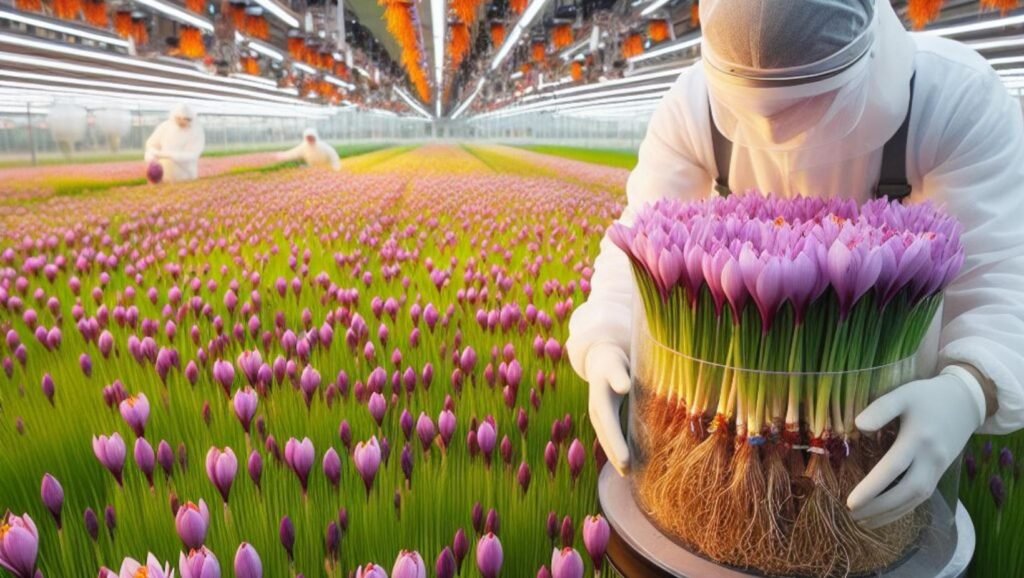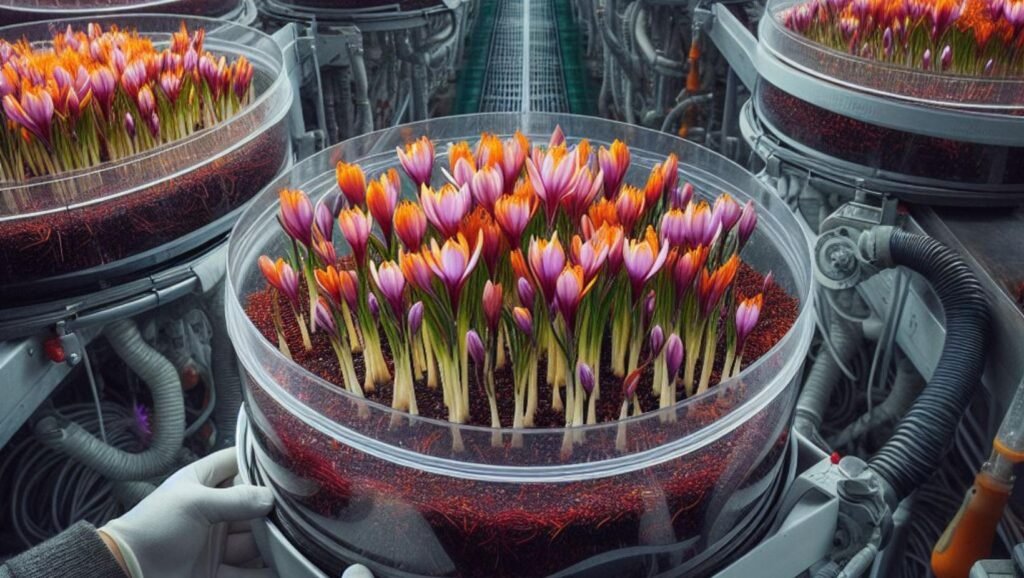
Saffron (Kesar), the coveted spice derived from the delicate threads of the Crocus sativus flower, has long been prized for its rich flavor, vibrant color, and numerous health benefits. Traditionally, saffron has been harvested just once a year during the brief flowering season in autumn. However, recent advancements in agricultural techniques and technology have opened up the possibility of harvesting saffron multiple times a year in select regions around the world.
Harvesting Saffron (Kesar) Multiple Times a Year: A Global Perspective
While saffron is predominantly harvested once a year in most regions, there are a few countries where innovative farming methods allow for multiple harvests annually. These include:
- Iran: As the world’s largest producer of saffron, Iran has pioneered techniques such as staggered planting and greenhouse cultivation to extend the saffron harvesting season. In some regions of Iran, saffron is harvested twice a year, once in autumn and again in spring.
- Spain: Known for its high-quality saffron, Spain has adopted innovative farming practices to maximize saffron production. In certain areas of Spain, particularly in La Mancha, saffron is harvested twice a year, with the second harvest occurring in spring.
- Greece: Greece is another country where saffron is harvested twice a year in select regions, thanks to favorable climate conditions and modern agricultural techniques.
Saffron (Kesar) Harvesting in India: Opportunities and Challenges
In India, saffron cultivation is primarily concentrated in the region of Jammu and Kashmir, where the climate and altitude are conducive to saffron production. Traditionally, saffron is harvested once a year in autumn in this region. However, with the adoption of controlled environment agriculture (CEA) techniques, there is potential to extend the saffron harvesting season and increase production.
CEA involves growing crops in controlled environments such as greenhouses or vertical farms, where factors like temperature, humidity, and light can be precisely regulated. By implementing CEA techniques, it may be possible to mimic the optimal growing conditions for saffron throughout the year, allowing for multiple harvests.
While the potential for multiple saffron (Kesar) harvests in India with CEA is promising, there are several challenges that need to be addressed. These include the initial investment required for setting up CEA infrastructure, ensuring optimal growing conditions, and maintaining the quality and authenticity of saffron produced through these methods.
Despite the challenges, the adoption of CEA techniques holds great potential for revolutionizing saffron cultivation in India and unlocking new opportunities for farmers. By harnessing the power of technology and innovation, India could emerge as a leading producer of high-quality saffron, meeting the growing demand both domestically and internationally.
In conclusion, while saffron is traditionally harvested once a year in most regions, advancements in agricultural practices have made it possible to harvest saffron (Kesar) multiple times a year in select countries. With the adoption of controlled environment agriculture techniques, there is potential to extend the saffron harvesting season in India and enhance saffron production. However, addressing challenges and ensuring sustainable practices will be key to realizing this potential and reaping the benefits of multiple saffron harvests.
In addition, The Saffron Hub, located in Maharashtra, India, is at the forefront of research and development in saffron (Kesar) cultivation, focusing on harvesting multiple times a year. Stay tuned for updates on our progress and findings, as we continue to share insights and innovations through our blogs.
